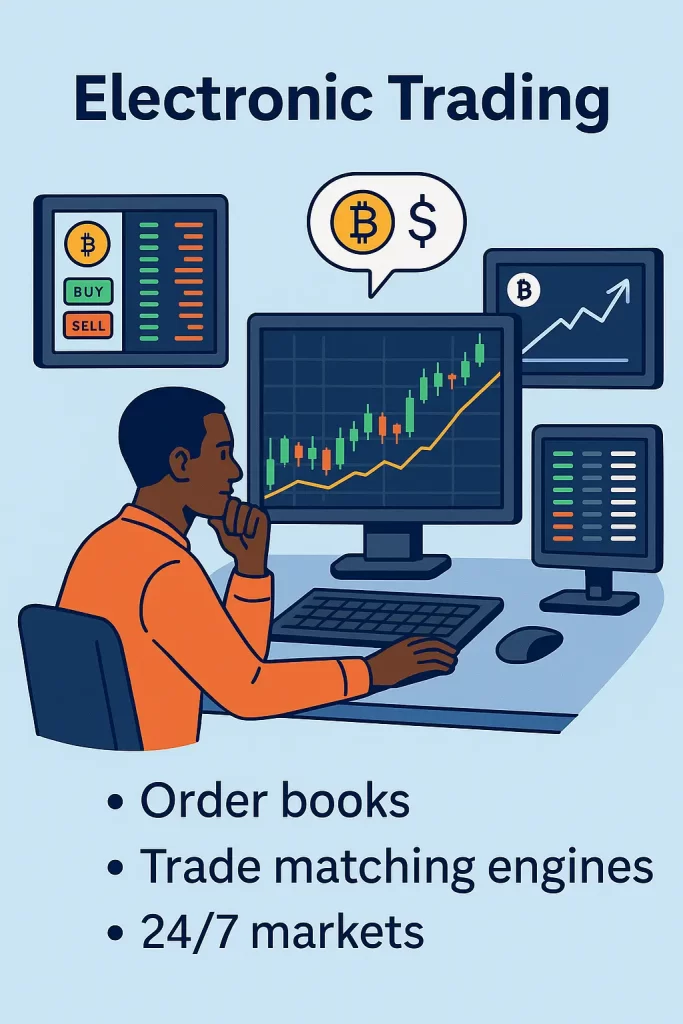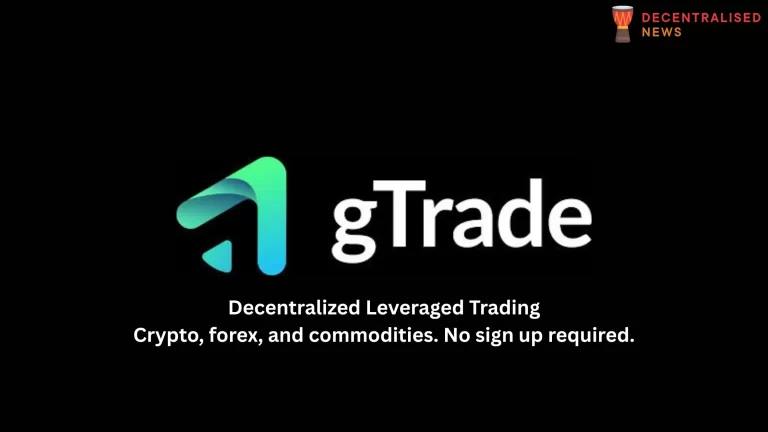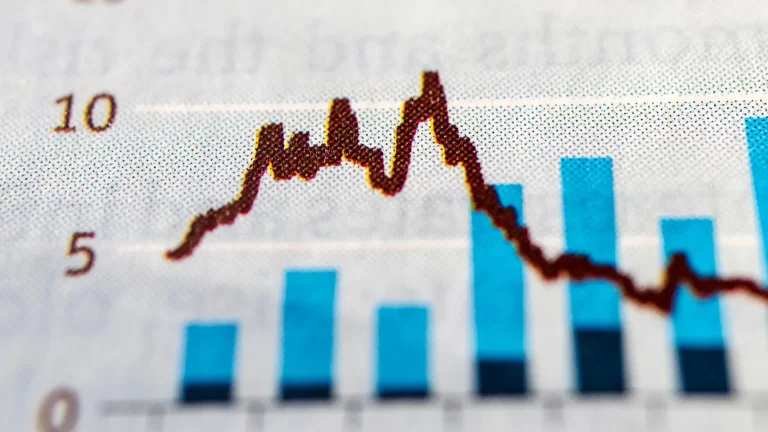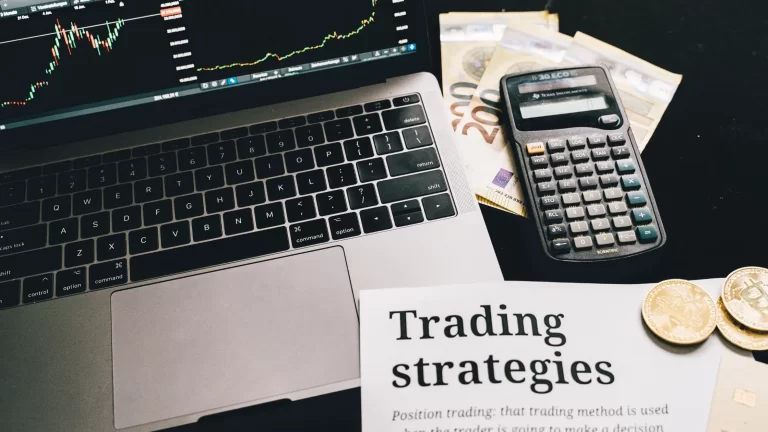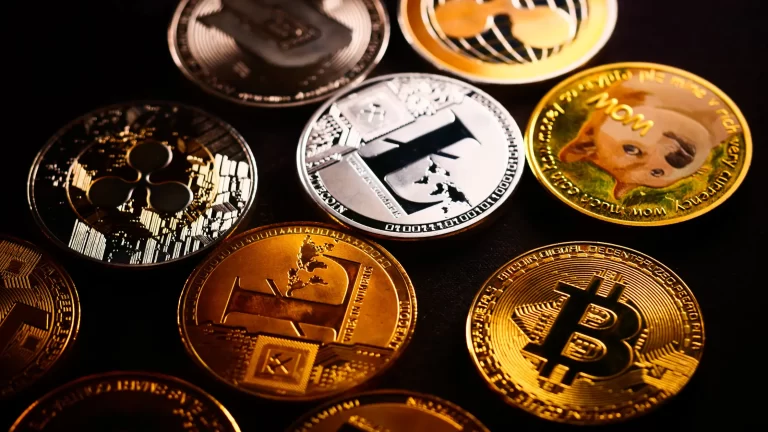How Crypto Trading Evolved: From Barter Systems to On-Chain Markets
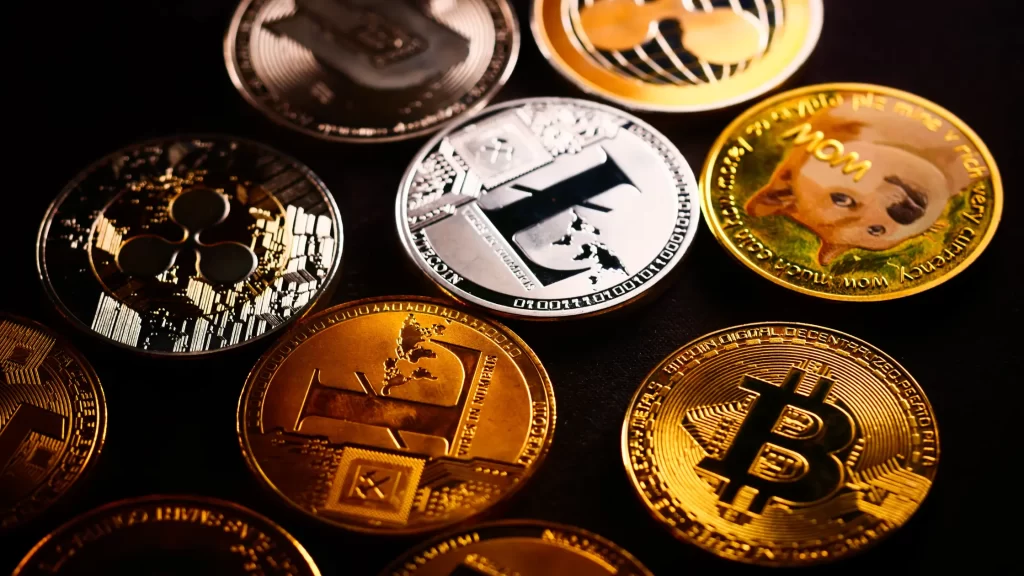
“Markets have always evolved with technology. Today, blockchain is not just a new tool – it’s a new paradigm.”
From Barter to Coin: The Earliest Trades
Long before Bitcoin or smart contracts, trade was a matter of direct exchange – barter.
Barter Era Highlights:
- No standard unit of value
- Trade limited to local communities
- Trust was personal, not institutional
Era Medium of Exchange Limitations Barter Goods for Goods Perishable, illiquid, no scalability Commodity Gold, Salt, Livestock Heavy, difficult to divide/transport
The Invention of Money & Markets
Metal Coins & Paper Money (1000 BCE – 1600s):
- Unified systems of value
- Facilitated long-distance trade
- Led to the rise of banks and record-keeping
Emergence of the first banks (e.g., Medici) introduced the concept of custody.
Digital Markets Before Crypto
The internet gave rise to e-trading platforms in the 1990s:
Online Brokerages:
- Enabled retail access to financial markets
- High fees, limited hours, central control
Problems That Persisted Pre-Crypto:
🚫 High entry barriers
🚫 Custody risks
🚫 Regulatory chokepoints
Genesis of Crypto Trading
Enter Bitcoin (2009):
- Peer-to-peer, permissionless currency
- First trades via forums and IRC chats
- Mt. Gox becomes the first major exchange (2010)
First recorded BTC trade: 10,000 BTC for 2 pizzas 🍕
Platform Year Founded Unique Feature BitcoinTalk 2009 OTC P2P negotiation forums Mt. Gox 2010 First BTC/USD order book LocalBitcoins 2012 Face-to-face and escrowed P2P
Rise of Centralized Exchanges (CEXs)
CEXs made trading accessible but centralized:
Key Features:
- Spot, margin, and futures markets
- Custodial wallets
- Regulatory compliance (KYC, AML)
Risk: Hacks (e.g., Mt. Gox 2014, FTX 2022) underscored the custodial dilemma.
Exchange Highlight Binance Global altcoin liquidity Coinbase US-regulated fiat on-ramps Kraken Early pro-trader interface BitMEX Pioneered crypto derivatives
DEXs and DeFi: Trading Without Trust
The DeFi boom (2020 onward) introduced Decentralized Exchanges (DEXs) powered by smart contracts.
DEX Benefits:
- Non-custodial
- Permissionless
- 24/7 global access
- Transparent, on-chain
No intermediaries – just smart contracts and liquidity pools.
DEX Unique Innovation Uniswap Constant Product AMM Curve Stablecoin-optimized trading pools gTrade On-chain leveraged trading (perps) GMX Oracle-based perpetual trading Synthetix Synthetic asset exposure
Smart Contract Derivatives: The New Frontier
Today’s on-chain traders go beyond spot:
Top Derivatives Innovations:
- Perpetual swaps (no expiry contracts)
- Synthetic options (via Derive, Polynomial)
- Delta-neutral vaults (on-chain hedge funds)
- Real-yield trading (funding rates, variance swaps)
Derivatives DEX Features Comparison
Platform Product Type Key Advantage GMX Perpetuals Oracle-based, low slippage gTrade Perpetuals Synthetic liquidity, no impact Polynomial Options Auto-rolling strategy vaults Synthetix Synth Futures Full decentralization
AI, Zero-Knowledge & Sovereign Trading
Challenges Still Ahead:
- UX barriers
- Gas fees
- Risk management sophistication
What’s Next:
- AI-powered on-chain bots
- ZK-proof trading confidentiality
- Cross-chain liquidity via DLN, Thorchain
- Self-custodial portfolios with full automation.
Evolution of Crypto Trading
Barter 🏺 → Coinage 💰 → Stock Markets 🏦 → eTrading 📉 → BTC OTC Forums 👨💻 → CEXs 🏛️ → DEXs 🌐 → DeFi Derivatives 🧠 → AI & ZK Trading 🤖
Key Takeaways
The story of trading is the story of trust, technology, and tools.
Crypto didn’t just digitize trading – it decentralized power, made finance borderless, and gave retail traders a fighting chance.As we move deeper into the AI and DeFi era, platforms like Blofin, Bybit, Polynomial, gTrade, and GMX are shaping a future where your wallet is your bank, exchange, and portfolio manager—all in one.

